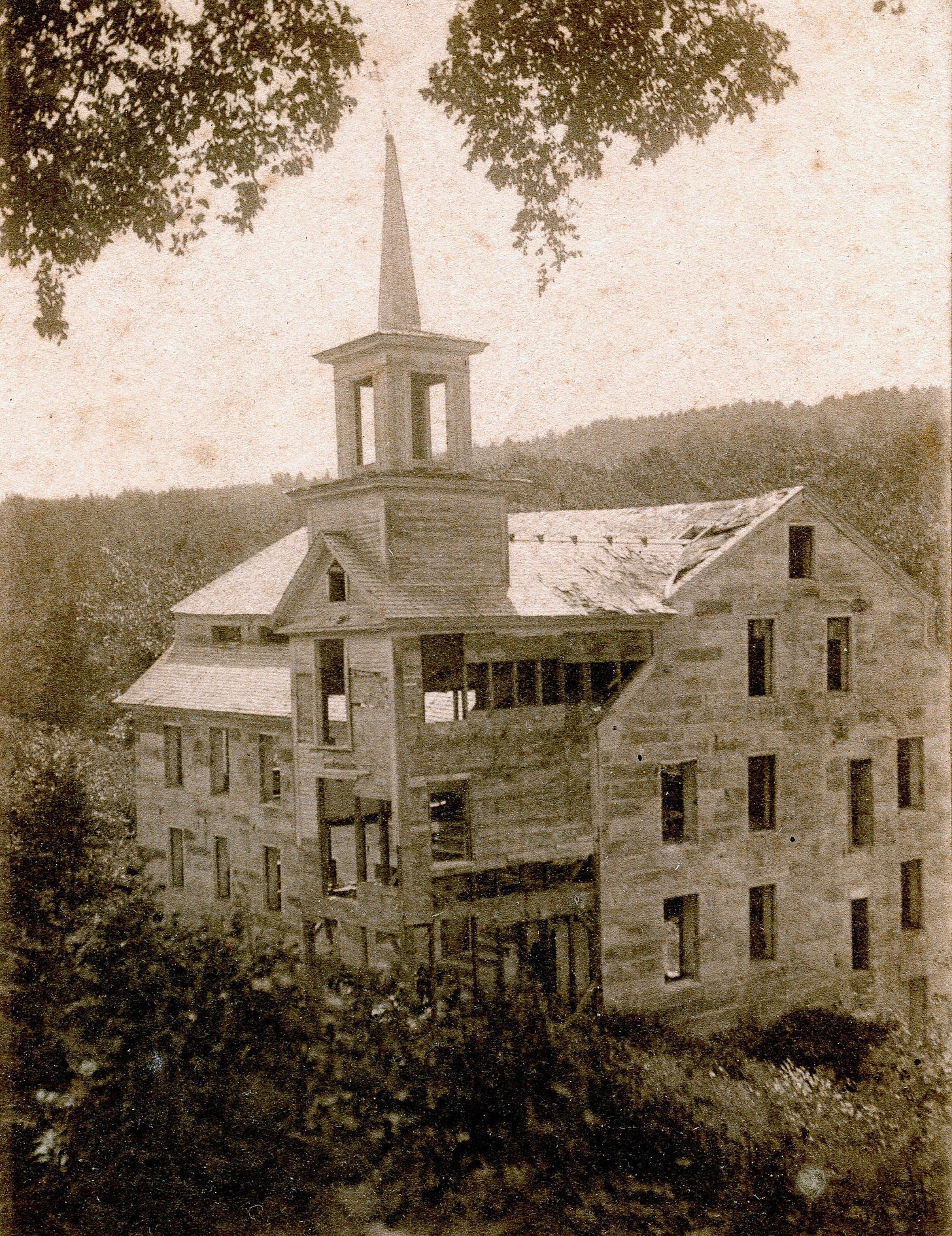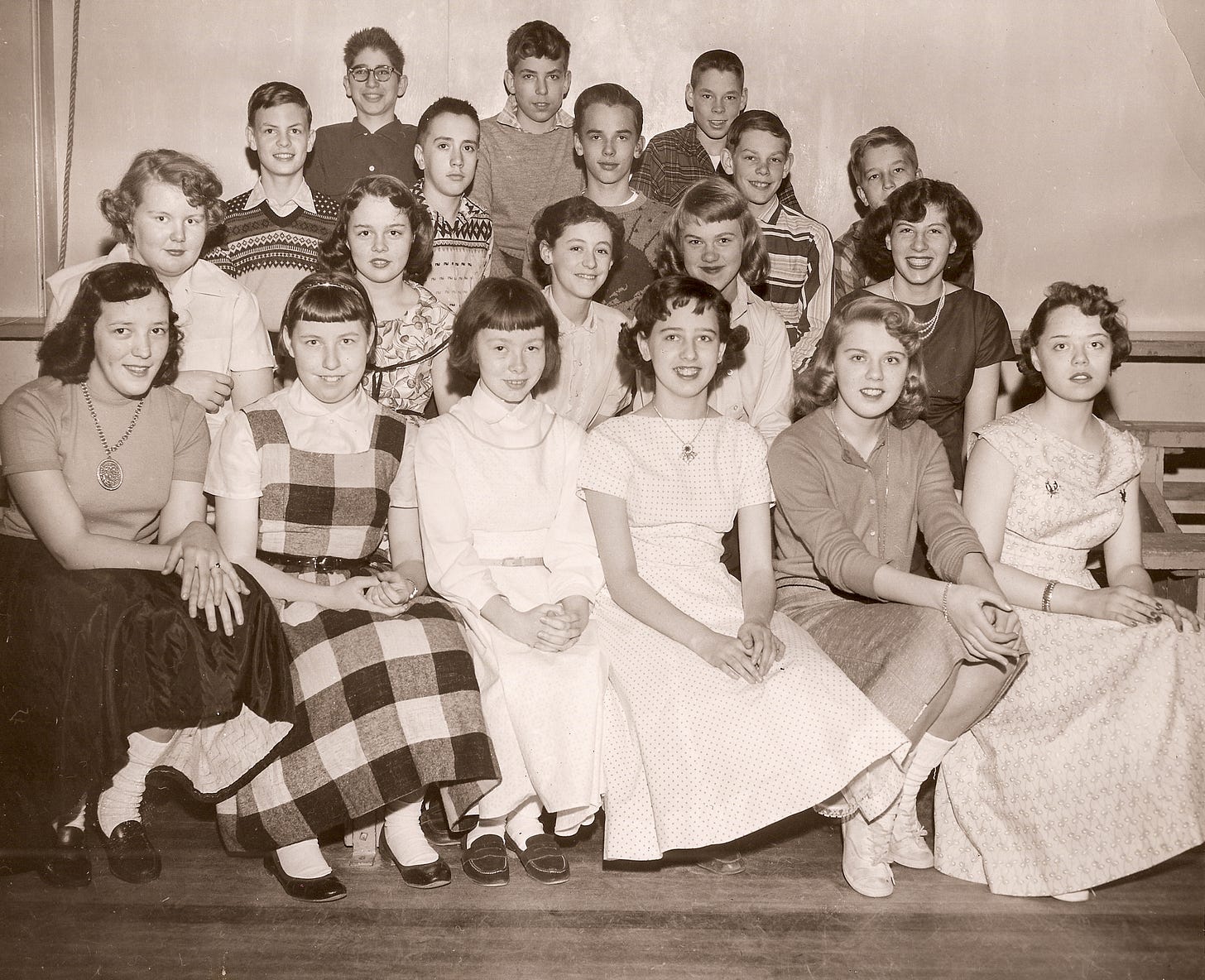Lucy Ann Champney - Obituary
October 22, 1900
There is very little in this obituary about Lucy Ann, who was one of the oldest residents of New Ipswich at the time of her death. However there is quite a lot of information about Brown’s Mill and the family home. This obituary is not up to the standards of the others that I have transcribed.
BANK VILLAGE.
Death of Mrs. George M, Champney.
Mrs. Lucy Ann Champney, born, Jan. 8, 1813, at Brown's Village in New Ipswich, died recently in Woburn at the home of her daughter, Mrs. Hayden, with whom she had lived for some years. She was the fifth child of Capt. Eleazer Brown, and at the time of her decease must have been next to the oldest person born in town. Jan, 13, 1836, she married George M. Champney, a brother of the artist, Benjamin Champney, and also of Henry Champney, who owns a fine summer residence at Center Village. She was a student of Appleton academy in 1832 when Robert A. Coffin was principal of the school. Her children were Mrs. Hayden of Woburn and Mrs. Henry Remick of Sharon, Mass. The house at Brown's Village in which she spent her early life is still in good condition. Sometime in the twenties her father, Capt. Eleazer Brown put into operation the stone mill, which with the little settlement in its immediate vicinity, has ever since borne his name. From statistics prepared in 1850 by George M. Champney its product was from 350,- 000 to 400,000 yards annually of ticking and denim. The beautiful blocks of granite used in constructing the mill came from the Mason quarries, and are said to have been drawn by oxen over the old Cutter road into New Ipswich..
Memories of Our School Days at New Ipswich Appleton Academy
Are you an Appleton Academy alum who relishes reminiscing about your time in high school? Or perhaps, your parents and grandparents shared stories about their Appleton school days (before Mascenic became the local high school in 1969) and you’d like to hear more? And even if you’re new to town, you may enjoy learning about Appleton Academy from local alums who attended the well-regarded town high school in the 1950s and 1960s. If so, you are welcome to attend a loosely-moderated discussion hosted by the New Ipswich Historical Society on Saturday, November 18, from 1 p.m. to 2:30 p.m. at the New Ipswich Library (6 Main Street). This program, which is free and open to the public, is part of an ongoing NIHS effort to chronicle important aspects of New Ipswich’s history in the 20th-century. It will be video-recorded and eventually available on the NIHS website.





The Brown Mill must have been just below the dam in Bank Village. I'm surprised that I never saw any evidence of it in my many hikes on the pipe from Highbridge to Bank Village. I have presently have friends named Champney or Brown. I'll have to ask them if they're related. Here's a clip from Chandler's history of NI families: Eleazer Brown
b. 1778; d. July 24, 1855; m. Feb. 6, 1806, Hannah Morgan [d.
Jan. 25, 1867]. In middle life he became interested in cotton
manufactures, then steadily increasing in New Ipswich, and
about 1825 in connection with Samuel Batchelder he estab-
lished a factory for the manufacture of tickings, between the
sites of the mills known at different periods as the "Upper
Factory" and the "Lower Factory," as the "Waterloom" and
"Souhegan Mills," and still later as the "Columbian, No. 3"
and the "Columbian, No. 2." "Brown's Factory" was active
until, in the changing methods of competition, the smaller
mills were unable to maintain a profitable activity. For a
considerable period the tax assessed against Mr. Brown was
exceeded by that of only one fellow townsman. He was in-
terested in military affairs, and his command of one of the
militia companies caused him to be generally mentioned as
"Capt. Brown."